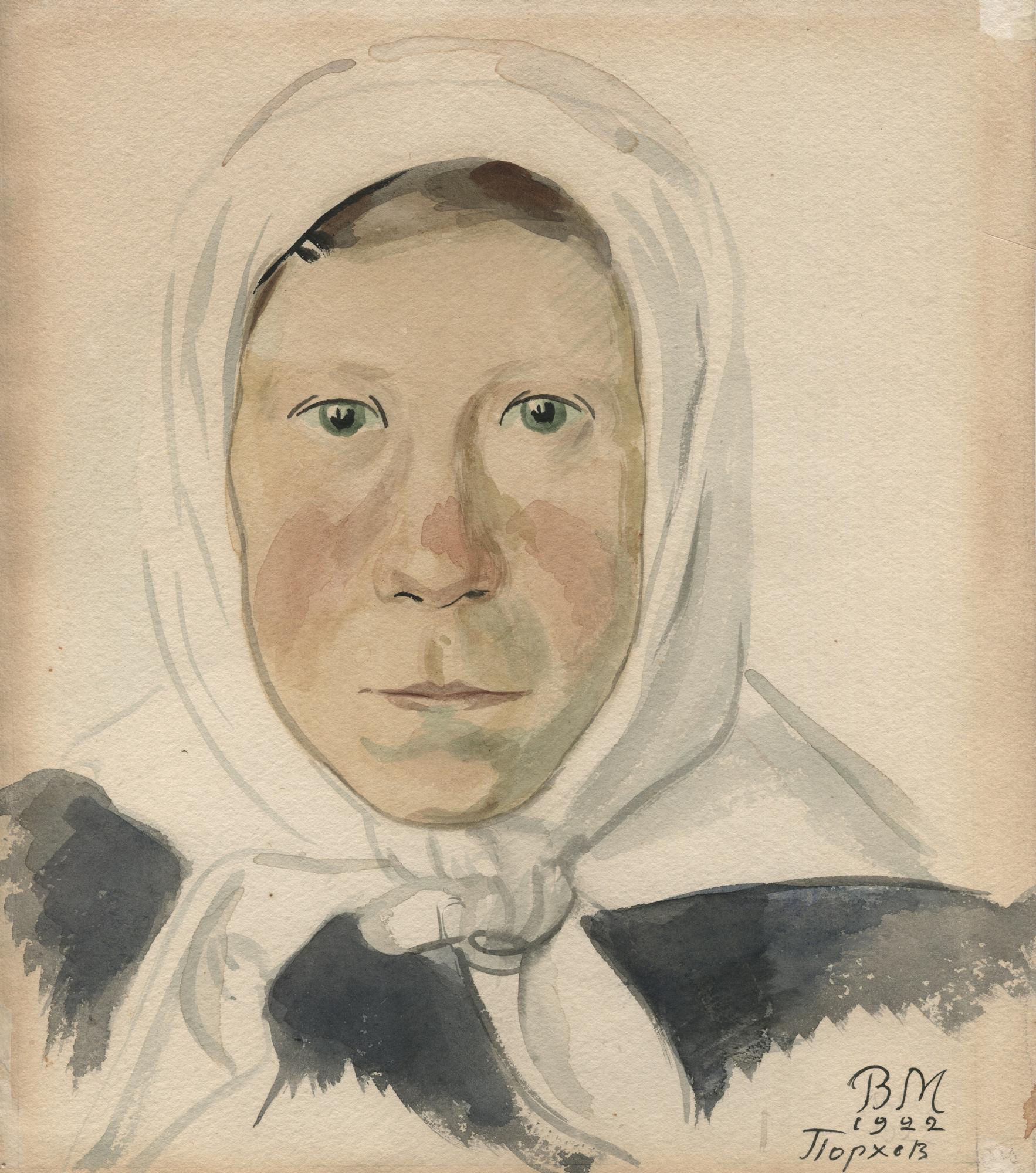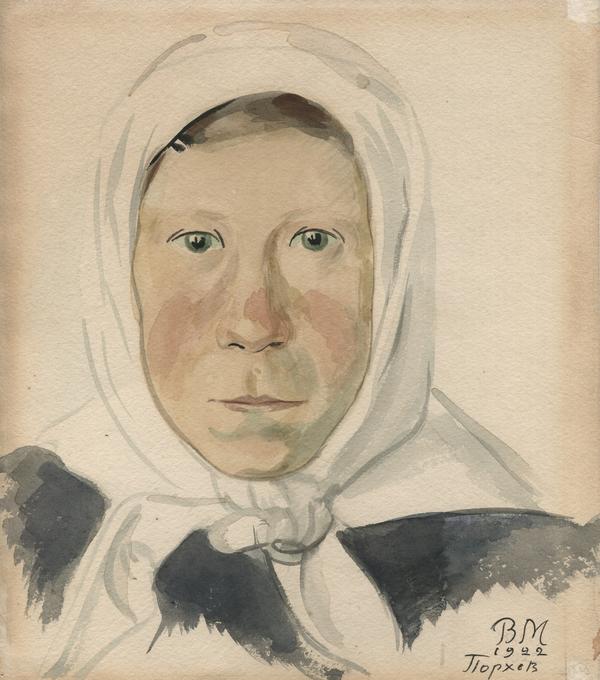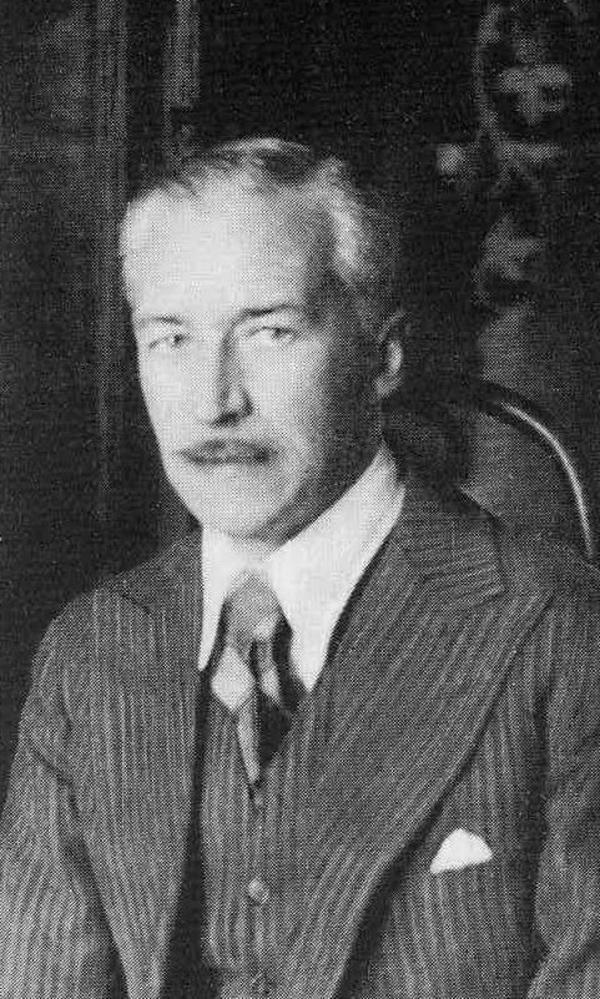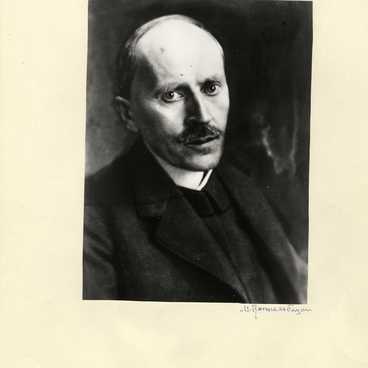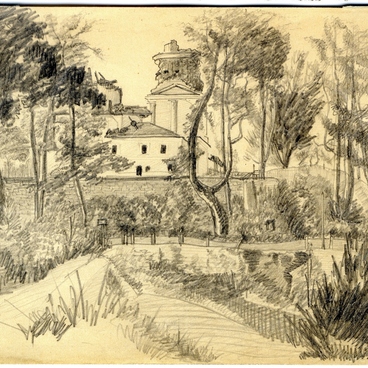Vladimir Milashevsky (1893–1976) was a graphic artist, watercolour and oil painter and member of The Thirteen (a group named after the number of its participants). His works were first exhibited in 1929 in Moscow. The Thirteen artists abandoned the academic approach to painting in favour of painting from life. And Milashevsky, a proponent of the free-hand dip-pen and ink drawing style and an illustrator of many classic literary works, would become one of the group’s ideologists.
1 / 2
The Maid
Время создания
1922
Размер
23,8x21 cm
23,8x21 cm
23,8x21 cm
Техника
paper, watercolour
Коллекция
1
Открыть в приложении#1
Vladimir Milashevsky
The Maid
#2
#3
Vladimir Milashevsky
Milashevsky started his training at the Bogolyubskoye Art School in Saratov. He later studied in Kharkov and then at the Higher School of Art of the Academy of Arts in St. Petersburg. He went on to work under the leadership of Mstislav Dobuzhinsky and Yevgeny Lansere at the New Art Studio.
Milashevsky spent the summer of 1921 in Pskov Region, producing a number of watercolour portraits in a village on the Shelon River. The portraits proved to be a real breakthrough for the aspiring artist. From this moment on, Milashevsky would refer to himself as that, an artist.
Milashevsky spent the summer of 1921 in Pskov Region, producing a number of watercolour portraits in a village on the Shelon River. The portraits proved to be a real breakthrough for the aspiring artist. From this moment on, Milashevsky would refer to himself as that, an artist.
#4
He wrote: “As an artist, the most treasured thing in the world for me was to sneak up on some new “game” and “shoot” it like a hunter does! This new, authentic view of life! […] I went up to some […] red-headed peasant and started painting him in watercolours. I felt instinctively that it was precisely this technique, its subtlety and “evanescing” forms, that would allow me to remove the “sculptural, ” the “grabbable, ” leaving the desired part – that which can only be perceived by some higher human senses than “touch and feel” […] I began to sense a new “vision.” A form defined by the colour perception of faces. Away with the “sculpture” – I hailed a “new day” of my vision! ’
Vladimir Milashevsky would often travel to Pskov Region in the summer season to make sketches, during which time he painted a series of portraits of the locals. Konstantin Fedin was one of the few people who saw the value of the portraits and bought them. Fedin and Vladimir Milashevsky enjoyed a life-long friendship, which first took root in Saratov at the turn of the century, was further shaped by the zeitgeist of the first post-Revolution years in Petrograd, and matured after the War. The two shared similar destinies and creative paths. This is why Fedin immediately understood the essence of Milashevsky’s works.
Vladimir Milashevsky would often travel to Pskov Region in the summer season to make sketches, during which time he painted a series of portraits of the locals. Konstantin Fedin was one of the few people who saw the value of the portraits and bought them. Fedin and Vladimir Milashevsky enjoyed a life-long friendship, which first took root in Saratov at the turn of the century, was further shaped by the zeitgeist of the first post-Revolution years in Petrograd, and matured after the War. The two shared similar destinies and creative paths. This is why Fedin immediately understood the essence of Milashevsky’s works.
In an essay on Milashevsky’s graphic art, Fedin wrote, ‘We look at and realize that we have experienced this all together. And we laugh in delighted recognition of this fact, perhaps because we see our own childhood more than anything else behind these familiar pictures. But no, the secret to the feeling incited by watercolours is not only in our recognition of the known. The artist has a power more formidable than the straightforward accuracy of the image. A camera lens is accurate. An artist’s strength rests in his ability to make us see the world through his eyes […] In his landscapes, Milashevsky has a special feel for the whole, something more than the hunt for details.’ Konstantin Fedin highly valued the portraits of Pskov peasants, which hung on the walls of his summer house in Peredelkino.
#5
The State Fedin Museum
читать дальшескрыть
00:00
00:00
1x
The Maid
Время создания
1922
Размер
23,8x21 cm
23,8x21 cm
23,8x21 cm
Техника
paper, watercolour
Коллекция
1
Открыть в приложении
Поделиться
